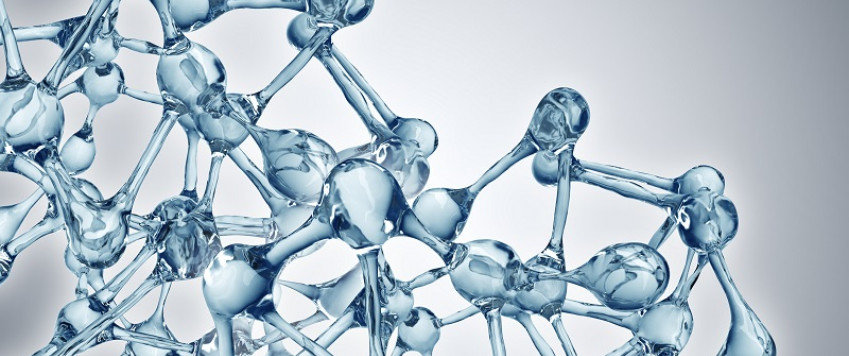Current account deficit totalled 203.7 million euro or 3.0% of GDP in the second quarter of 2017

Although the growth of exports remained robust, imports were growing at a higher rate, resulting in a build-up of a deficit in the current account in the second quarter. Another reason for the deficit were also smaller inflows from the agricultural funds of the European Union (EU) as a large part of the overall inflows expected this year were received already in the first quarter.
The data releases for the second quarter of 2017 also incorporate data revisions for 2014, 2015, 2016 and the first quarter of 2017 based on the data revisions policy.
As of the end of last year, Latvia's foreign trade balance reflects the recovery of the global economy, global prices and investment. This recovery has supported a rise in both exports and imports of goods and services in Latvia. Exports of goods increased by 7.0% in the second quarter. The most popular Latvia's exports were prepared foodstuffs, base metals and articles of base metals, products of the chemical industry and various mechanical appliances. At the same time, imports of goods expanded by 12.6%, primarily on account of various components used in Latvia in the production of goods.
Exports of services grew by 4.7% in the second quarter. The most significant positive contributors were the sectors of construction and transport, particularly transportation services by air, road and sea. Computer services and information services also continued to support growth.
After a longer pause, the spending of foreign visitors in Latvia resumed growth in the second quarter, rising by 0.4%. According to the data by the Central Statistical Bureau of Latvia (CSB), both the number of visitors arriving in Latvia and the length of their stay increased significantly in the reporting period, by 14.5% and 13.9% respectively. Major contributors to the growing number of visitors were travellers from Russia (an increase of 19.3%), Finland, Canada and Lithuania. Financial services exports continued to shrink.
At the same time, imports of services grew by 9.0%. The most significant contributors were the sectors of transport (particularly transportation by sea, road and air), finance as well as construction.
Overall EU funds inflows into Latvia's balance of payments amounted to 185.9 million euro in the second quarter, totalling 469.2 million euro in the first half of the year, which is almost half of all EU funds inflows expected this year.
Turning to the developments in the financial account of the balance of payments, data on the cross-border financial flows in the second quarter of 2017 reveal that foreign assets increased slightly more than foreign liabilities, by 667.4 million euro and 590.9 million euro respectively. The growth of foreign assets in the public sector exceeded that of foreign liabilities. The Treasury launched euro bonds on the international financial markets in May and June, and that was reflected by a rise in the government's portfolio investment liabilities. Nevertheless, with the government placing its free liquidity, including the financing borrowed from the international markets, on short-term deposits with foreign banks and with Latvijas Banka continuing to participate in monetary policy operations, the increase of foreign assets exceeded that of foreign liabilities.
At the same, the growth of foreign liabilities in the private sector exceeded that of foreign assets as a result of foreign direct investment inflows and financing drawn by one particular credit institution. Credit institution sector reported net inflows. Although foreign customer deposits with Latvia's credit institutions continue to contract, the liabilities were increased by the financing allocated by a parent bank to a subsidiary bank within the framework of centralised liquidity management. Credit institution assets decreased slightly, although foreign deposits by credit institutions increased, whereas portfolio investment abroad continued to shrink, reflecting the above-mentioned contraction of foreign customer deposits with Latvia's credit institutions. Foreign direct investment inflows amounted to 160.4 million euro in the second quarter, overall totalling 316.7 million in the first half of the year. This exceeds the whole last year's total more than two times. The bulk of investment went to the sectors of trade, real estate activities, construction and finance. The largest foreign direct investment inflows were registered from Lithuania, Russia and Luxembourg.
Textual error
«… …»


